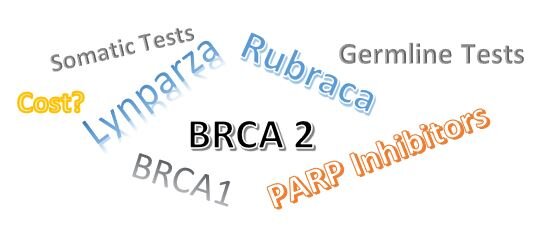Make sure that you and your doctor use the bone-protecting approved medications (zoledronic acid or denosumab), especially for at least three weeks before using Xofigo (Radium-223).
Update on the Combination Use of Zytiga and Xofigo
Xofigo (Radium-223) - Cautionary Information
The European Medicines Agency (EMA) has recommended that the use of Xofigo (Radium-223) be restricted. The restrictions, because of safety and efficacy concerns in men with castrate resistant prostate cancer (mCRPC), include that Xofigo can be used only after two other treatments have been taken; when other therapies cannot be used and not in combination with other 2nd line hormone therapies.
Comparing the Efficacy of the Treatment Options of Metastatic, Castration-Resistant, Docetaxel-Resistant Prostate Cancer
Warning - A Possible Danger - Xofigo in Combination with Zytiga and Prednisone
Xofigo Probably Can Be Used More Than Once
Early results from an international, open-label, phase 1/2 trial (NCT01934790) showed that it is possible to successfully re-treat men with the drug known as Xofigo (Ra-223). The study found that when used a second time, Xofigo was well tolerated and that it provides favorable effects on the cancer’s progression.






